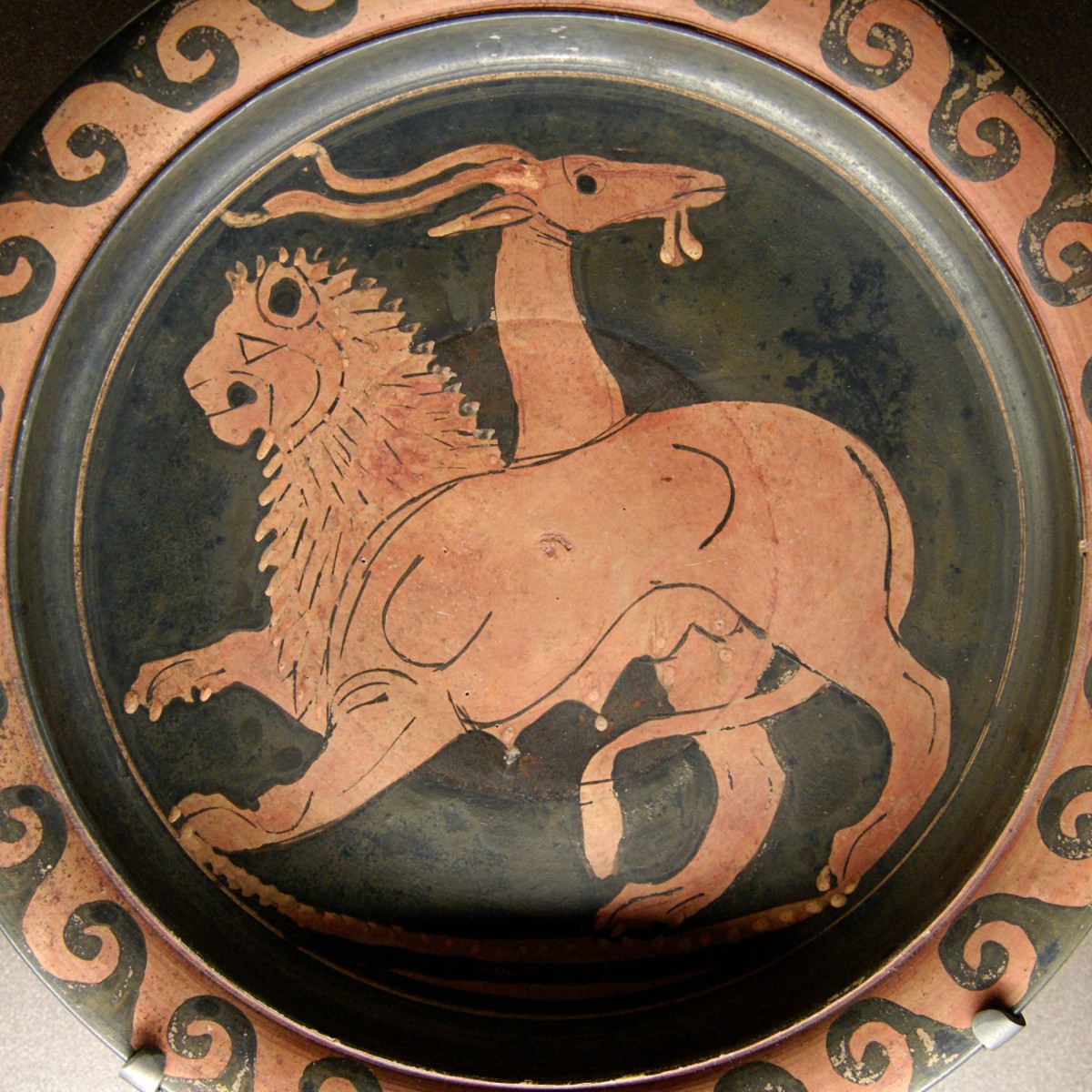The journey begins with this beautiful diorama, which is an artificial space depicting a natural space which is itself inhabited by artificial creatures that seem real. I love dioramas because they walk the amazing line between realism and obvious forgery. They are also an historic form linking art and science. I was lucky enough to work with Brian Looker, who learned to create dioramas in the New Zealand army — which is both weird and cool — and who is one of the few people left who knows how to make them.

This diorama is based on the ash forests of the Dandenong Ranges, which you can get to by train from the station below. In this space, much like in a museum of natural history, there are animals, only these creatures aren’t natural or even real. They are kind of familiar but not known.
These creatures are chimeras, which is a word I use a lot. It’s a word from Greek mythology, and it means a creature created out of more than one animal. The original chimera had the head of a lion, the body of a goat and the tail of a serpent. These days chimeras are created by splicing DNA together from different sources.
 |
|---|
| The Chimera on a red-figure Apulian plate, c. 350–340 BC (Musée du Louvre) |
In the middle of the diorama, you will find the "Cleaner”. The "Cleaner” is a kind of animal/machine chimera - a cross between a leatherback turtle and a vacuum cleaner. Leatherback turtles are these huge sea turtles, they are incredible but also endangered. They normally live on jelly fish, but these days they mistakenly and tragically eat plastic bags floating in the sea because they look like jelly fish.

This makes me feel pretty sad and overwhelmed and also a bit guilty; because this is a problem that people created. The idea that turtles could be engineered to clean up, while keeping them safe from eating rubbish, is kind of appealing. People love the idea of technological solutions to the problems of technology; it somehow seems easier than reducing plastic waste and ocean pollution.
